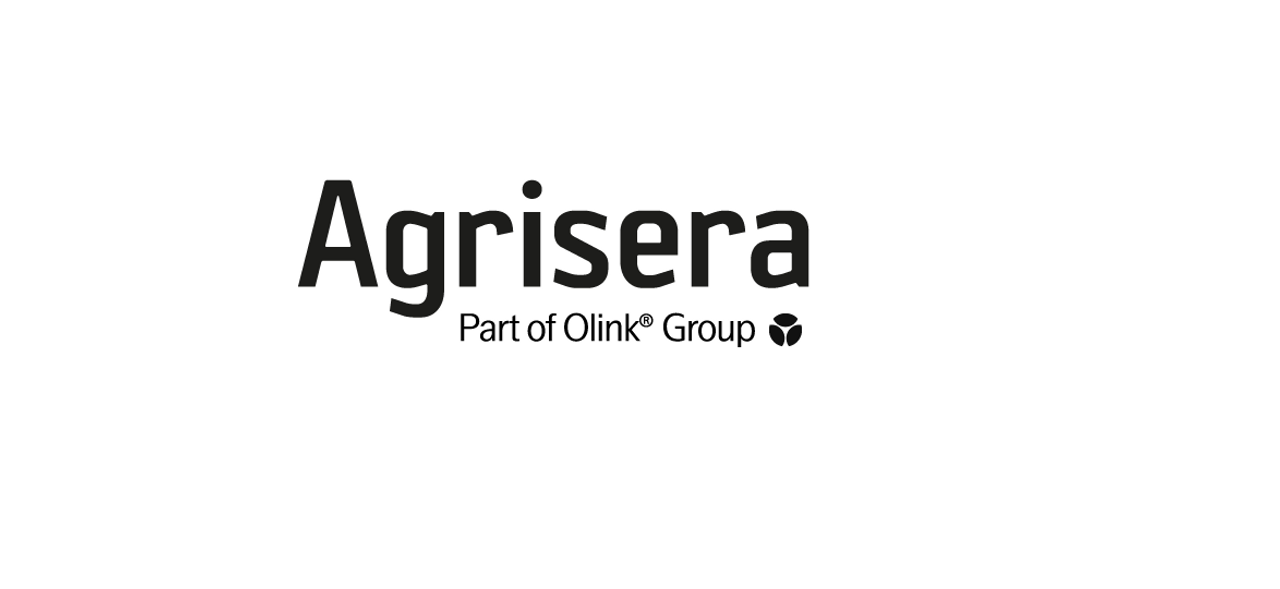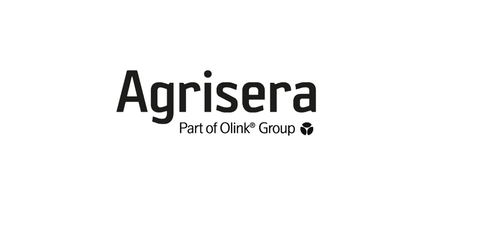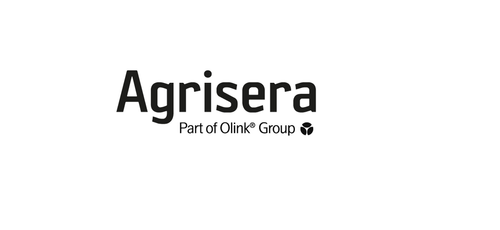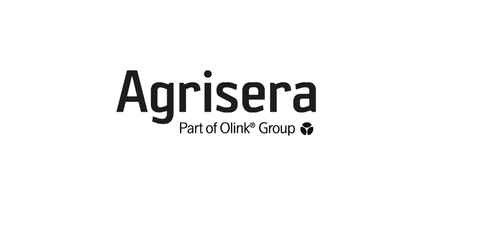Product Description
BoNT-A | Botulinum toxin A | AS16 4086 | Agrisera
Immunogen: Recombinat C-terminal heavy chain of BoNT/A1, residues 876-1296, which was cloned into a pET28a His-tag vector (Novagen) and overexpressed in E.coli. UniProt: https://www.uniprot.org/uniprot/P10845
Host: Rabbit
Conjugation: N/A
Clonality: Polyclonal
Isotype: N/A
Purity: Total IgG. Protein G purified in PBS pH 7.4.
Format: Lyophilized
Tested Application: ELISA (ELISA)
Related Products: AS16 4087 | Anti-BoNT-B | Botulinum toxin B, rabbit antibodiesAS16 4088 | Anti-BoNT-E | Botulinum toxin E, rabbit antibodies
Recommended Dilutions: To be determined by end user
Molecular weight: N/A
Confirmed Reactivity: Botulinum toxin A heavy chain
Predicted Reactivity: N/A
Not reactive in: No confirmed exceptions from predicted reactivity are currently known
Additional Information: N/A
Background: Botulinum toxin is a toxin produced by the anaerobic, gram-positive, bacterium of the genus Clostridium (C. botulinum, C. butyricum, C. baratii and C. argentinense) . These strains are widely distributed and can be found in soil and dust. Eight types of botulinum toxin are distinguished, named type A-H. Type A and B are capable of causing disease in humans (botulism) and have longest activity in vivo, and are also used commercially (BOTOX) and medically. Types C-G are less common; types E and F can cause disease in humans, while the other types cause disease in other animals. BotA is cleaved into two chains: heavy and light. Alternative name: Bontoxilysin-A
Reconstitution: For reconstitution add 250 µl, of sterile water
Storage: Lyophilized antibody can be stored at -20°C for up to 3 years. Re-constituted antibody can be stored at 4°C for several days to weeks. Once reconstituted make aliquots to avoid repeated freeze-thaw cycles. Please remember to spin the tubes briefly prior to opening them to avoid any losses that might occur from material adhering to the cap or sides of the tube.
TAIR Nnumbre: N/A
Category: N/A
Research Area: Pathology, Toxins
 Euro
Euro
 USD
USD
 British Pound
British Pound
 NULL
NULL








